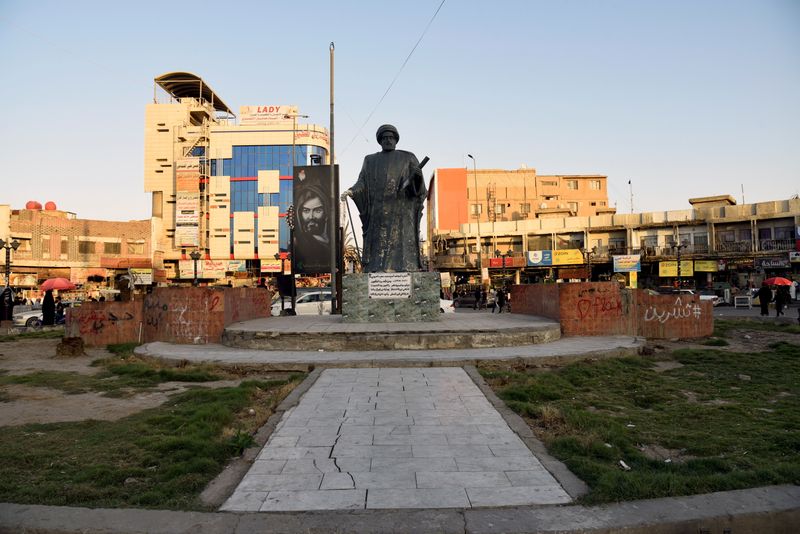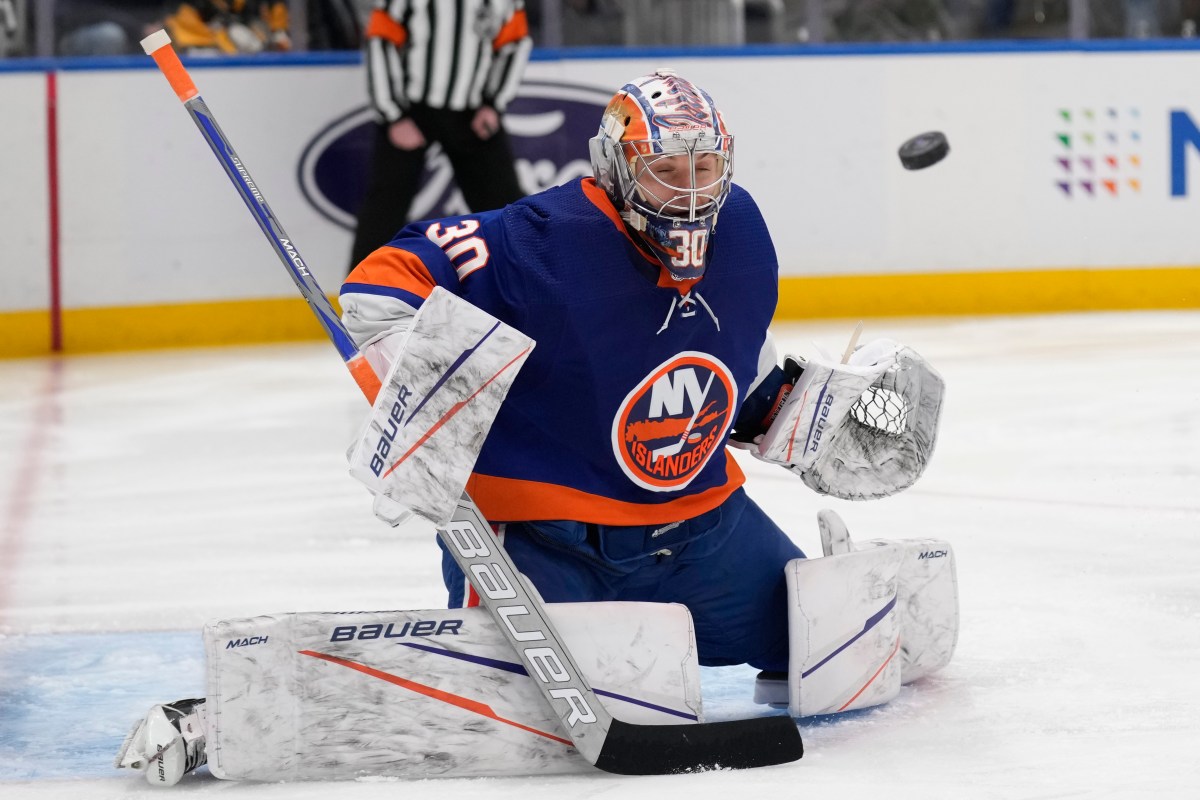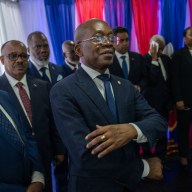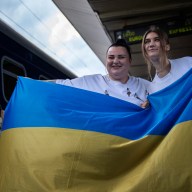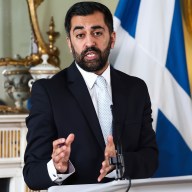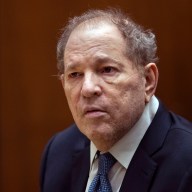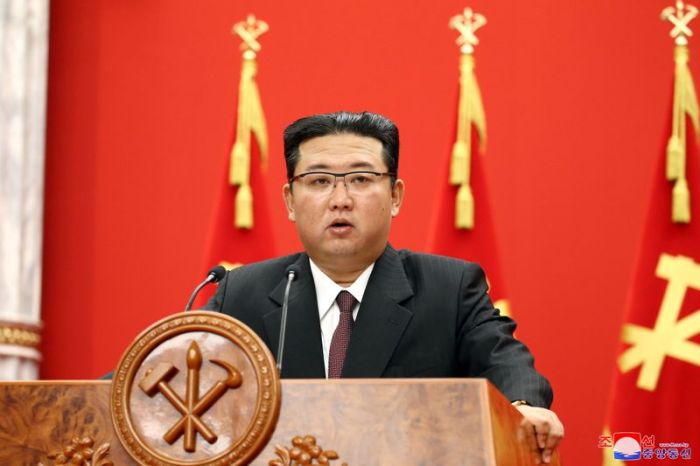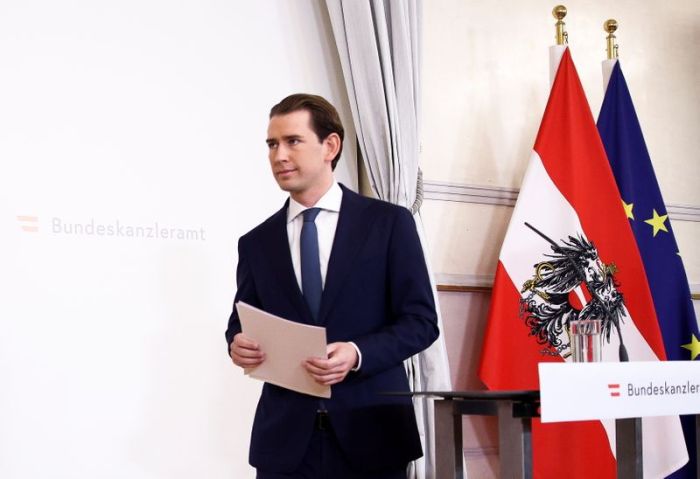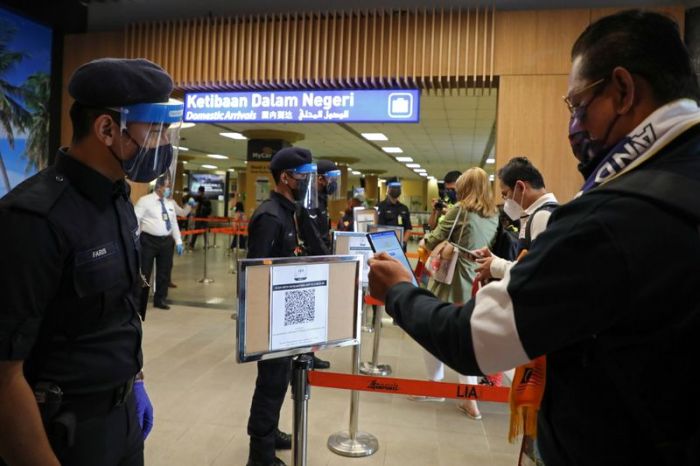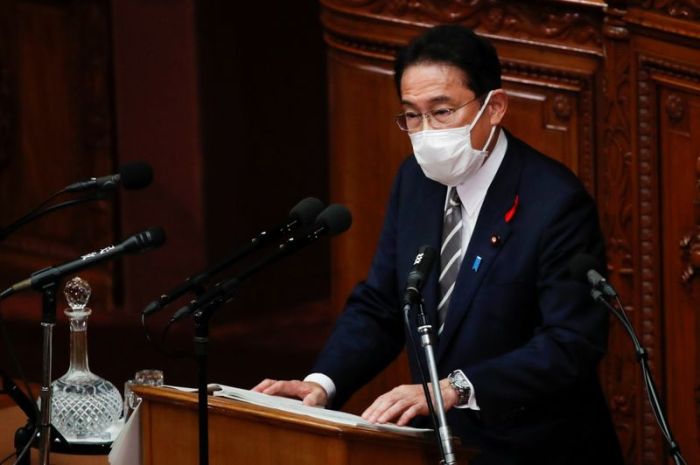BAGHDAD (Reuters) -Iraq is counting the results of a parliamentary election held on Sunday, its fifth since the U.S.-led invasion that toppled Saddam Hussein in 2003 and ushered in a complex multi-party system contested by groups defined largely by sect or ethnicity.
Initial results are expected on Monday after a record low turnout https://www.reuters.com/world/middle-east/polls-open-iraq-general-election-state-tv-2021-10-10 of 41%.
The vote had been set for next year but was brought forward https://www.reuters.com/world/middle-east/iraqis-vote-ballot-marked-by-growing-social-political-fractures-2021-09-28 to satisfy protesters who took to the streets in 2019 over rampant corruption, poor services and the widely held view that the elite had abused power to enrich itself.
Groups drawn from the Shi’ite Muslim majority are expected to remain in the driving seat, as has been the case since Saddam’s Sunni-led regime was removed from power.
But the Shi’ites are sharply divided, including over the influence of Shi’ite Iran next door.
The activists who sought the removal of the entire political class have been divided over whether to contest the vote, and are expected to win a few seats at most. A new election law also guarantees women at least 83 seats in parliament.
Here are the main groups competing for parliament’s 329 seats:
THE SADRIST MOVEMENT
The political organisation of Shi’ite Muslim cleric Muqtada al-Sadr, the Sadrist Movement, is widely expected to emerge as parliament’s biggest faction.
The Sadr-led Saeroon alliance won 54 seats in 2018, more than any other faction, giving Sadr decisive influence in the government’s formation. His movement has used its parliamentary sway to expand its control https://www.reuters.com/article/us-iraq-cleric-special-report-idUSKCN2E5117 over large parts of the state.
The Sadrist Movement is running on a nationalist platform, seeking to set itself apart from Iran-backed Shi’ite factions.
Sadr led Shi’ite militants against U.S. forces after the invasion and inherited a devoted following among impoverished Shi’ites who revered his father Mohammed Sadiq al-Sadr, a cleric killed by Saddam’s regime.
IRAN-ALIGNED GROUPS
Led by militia commanders who have close ties to Iran, the biggest grouping of Iran-aligned parties falls under the Fatah Alliance led by paramilitary leader Hadi al-Amiri, whose bloc came second in 2018 with 48 seats.
The Fatah Alliance includes the political wing of Asaib Ahl al-Haq, which the United States has designated a terrorist organization and also represents the Badr Organization, which has long ties with Tehran and fought alongside Iran in the 1980-1988 Iran-Iraq war.
The Shi’ite paramilitaries all played a major role in defeating Islamic State when it took over a third of Iraq between 2014 and 2017.
Some Iran-aligned parties are running outside of the Fatah umbrella, including the newly formed Huqouq party of Iran’s most powerful Iraqi proxy, Kataib Hezbollah.
OTHER SHI’ITE ALLIANCES
Former prime minister Haider al-Abadi and the Hikma Movement of moderate Shi’ite cleric Ammar al-Hakim have joined forces to create the National State Forces Alliance.
An alliance led by Abadi came third in 2018, winning 42 seats, after he presided over Islamic State’s defeat.
Hikma won 19.
Former prime minister Nuri al-Maliki, a senior leader in one of Iraq’s oldest Shi’ite political parties, Dawa, heads the State of Law coalition which won 25 seats in 2018. Maliki is widely blamed for fuelling corruption and anti-Sunni sectarianism that helped Islamic State gain followers.
SUNNI PARTIES
The Sunni parliament speaker Mohammed al-Halbousi is leading the Taqaddum, or progress, alliance which includes several Sunni leaders from the Sunni-majority in the north and west of Iraq and is expected to get many Sunni votes.
Halbousi’s main competitor is Khamis al-Khanjar, a tycoon who joined the Iran-backed Fatah Alliance after the 2018 election. Khanjar’s coalition is called Azm.
The Sunni parties usually seek to appeal to tribal and clan loyalties. Sunni groups have shown little unity since 2003, which Sunni voters complain makes them weak in trying to rival Shi’ite power.
Sunnis were attacked and discouraged from participating in Iraq’s first elections after 2003 by Sunni insurgents who supported Saddam and Islamist militants who opposed democracy.
KURDS
Iraq’s northern Kurdistan region has had de-facto autonomy since 1991 and became formally autonomous under Iraq’s 2005 constitution. Its parties always participate in elections and are an important power broker.
The two main Kurdish parties are the Kurdistan Democratic Party (KDP), which dominates the Kurdish government in the capital Erbil, and The Patriotic Union of Kurdistan (PUK) party, which dominates areas along the Iranian border and is headquartered in Sulaimaniya.
The KDP won 25 seats in 2018 and the PUK won 18. They will retain the lion’s share of Kurdish votes, followed by smaller parties. The total tally from seven Kurdish parties in 2018 was 58.
ACTIVISTS
The 2019 protests, in which authorities used deadly force against demonstrators, forced the government to quit. But little else has changed since then.
Some of the activists who protested in 2019 are urging a boycott. But others have formed their own parties or joined moderate coalitions such as that of Abadi and Hakim.
The Imtidad Movement is one of the few activist-led parties fielding candidates, headed by pharmacologist Alaa al-Rikabi, a native of Nassiriya in southern Iraq where some of the deadliest attacks against demonstrators took place in 2019.
(Reporting by Ahmed Rasheed and John Davison; Editing by Tom Perry, Giles Elgood, Peter Graff)

